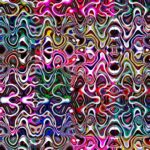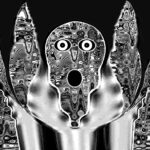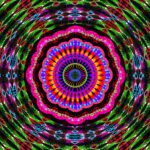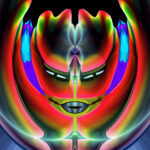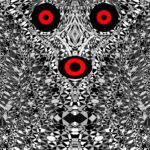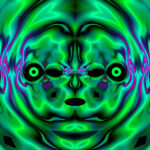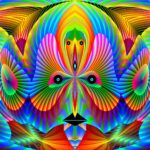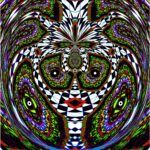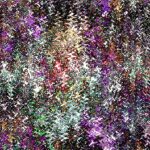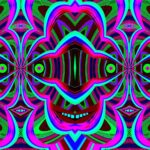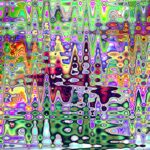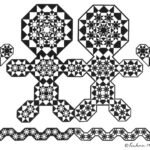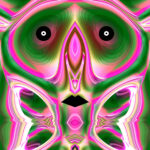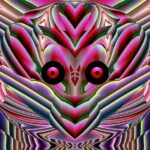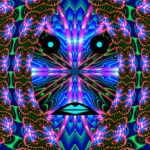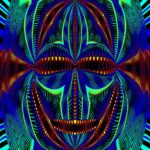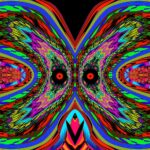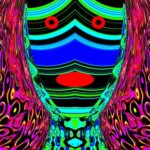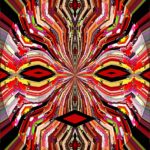Earl Einhorn
At 80 years old, Earl Einhorn is a living legend, known as one of the pioneers of computer programmed art. Earl started using the Fortran programming language to make his art in 1989 and all of his work is created by one of thirty computer programs he has developed & then colorized by hand in Photoshop.
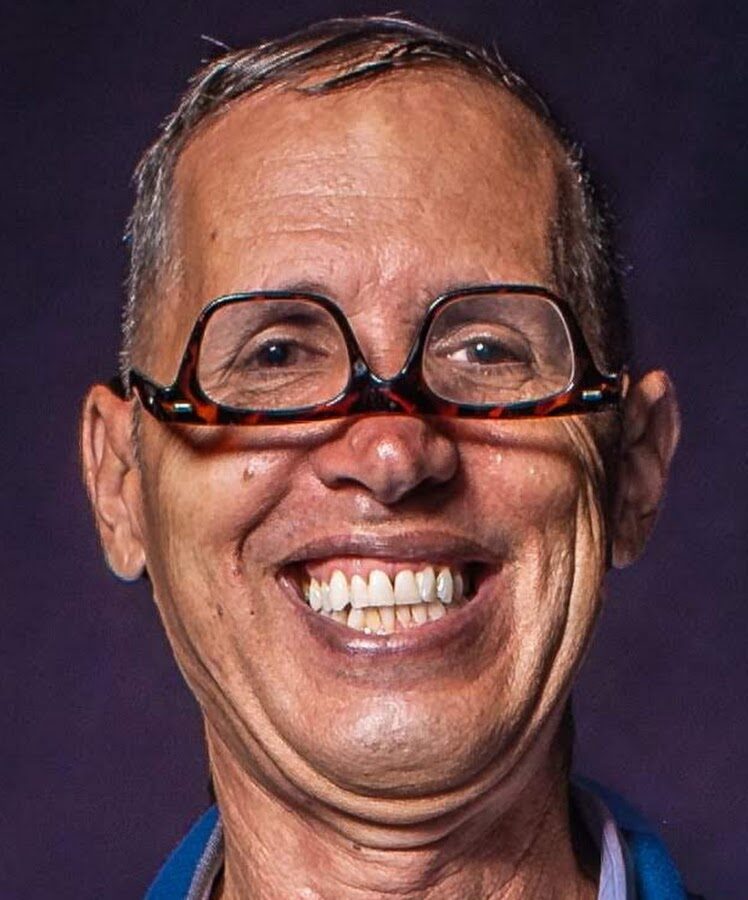
he is a true pioneer
in the art world.
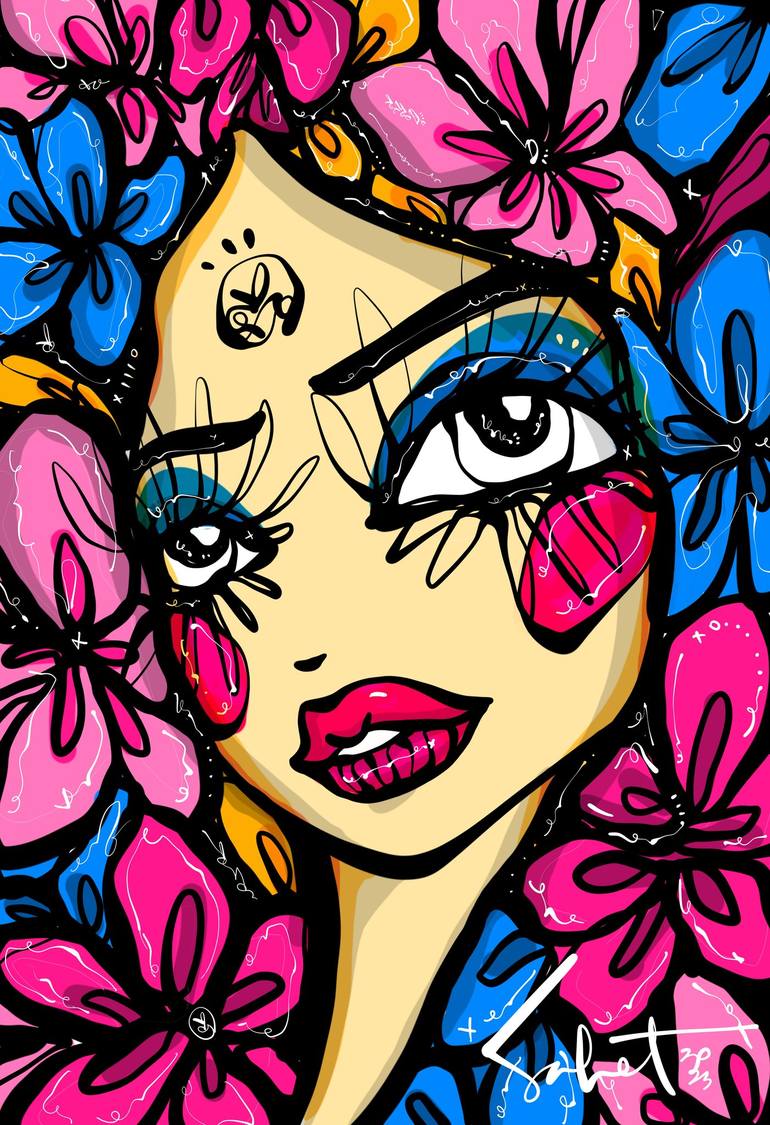

& Pigs Get Blasted
Einhorn
is a Legend
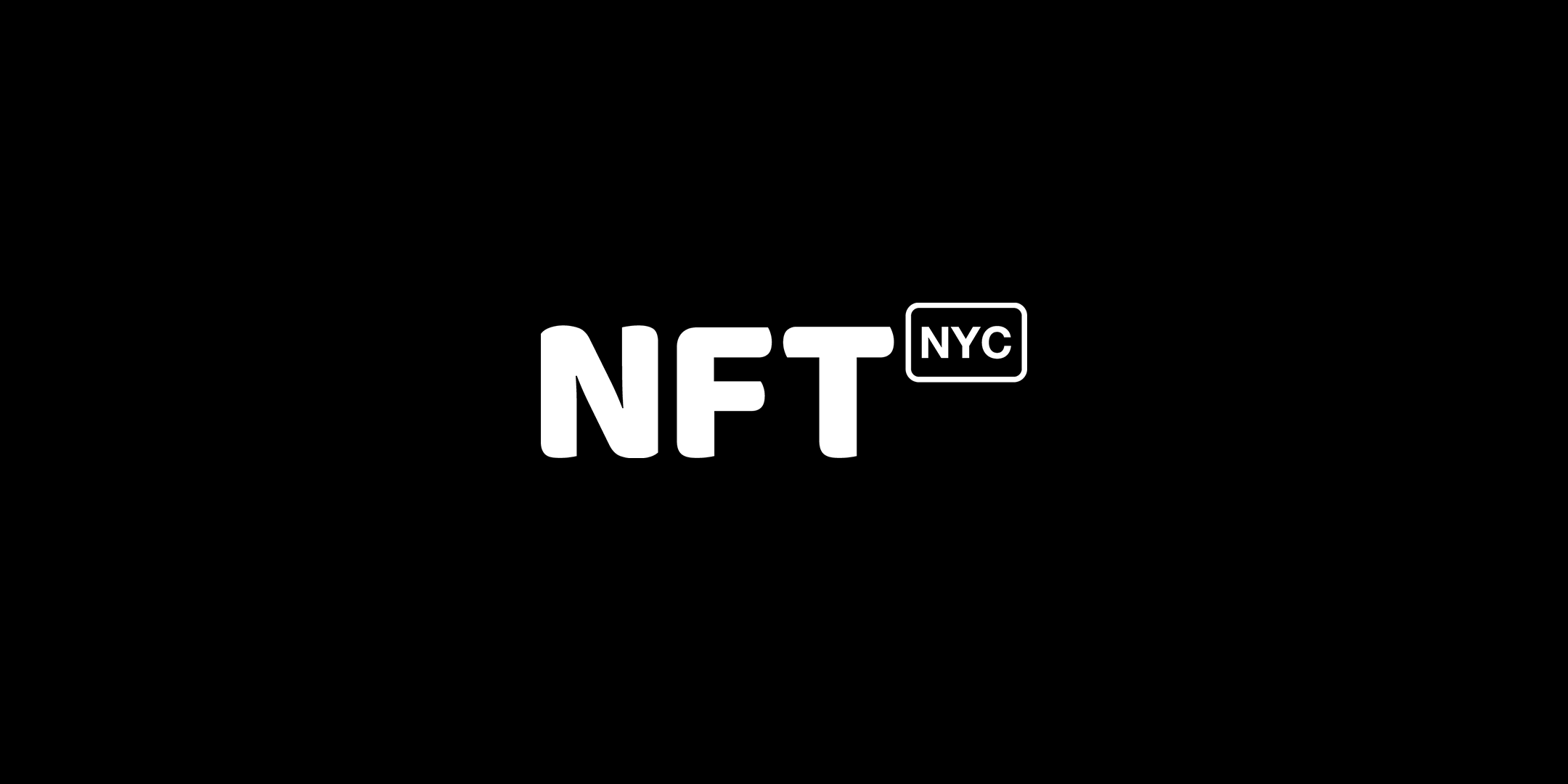
About Earl Einhorn
At 80 years old, Earl Einhorn is a living legend, known as the Father of Fortran Art he is one of the true pioneers of the entire computer programmed art world.
Earl Einhorn began studying Electrical Engineering at CCNY but ended up in Mathematics. He started programming in Fortran in 1968 as the Master Actuarial Programmer for Equitable Life
In 1989, obsessed with marrying his education with art, he started using the Fortran language to write the first of what would become over thirty different computer art programs he has developed.
“My love was always for art and I hoped I could produce work that no one had ever seen,” says Einhorn. “I started early, writing Fortran with the Calcomp Pen plotter, creating schematic drawings in color in 1974.”
At first Einhorn produced various T-shirt designs that were in black and white as the Microsoft platform did not have color at that time.
Earl further explains: “Eventually, full-color came around and I could use all the colors of the computer. Two hundred and fifty-six shades of red, green and blue. This gave around 16.7 million different colors — 256 by 256 by 256 — and you could do great shading.
I found a way of making extreme-resolution pictures. The resolution I use today, of 12,000 by 15,000 pixels, could give me a print 40 inches by 50 inches printed at 300 DPI. That is much more dense than 4K, which is 3,840 by 2,160! Around 22 times more dense.
“I write my own programs, and do not use self-generating algorithms (Fractal,Chaos, etc.)” says Einhorn. “I write color information to each pixel using 256 shades of RGB. Therefore, I use about 16.7 million colors (256x256x256). I believe I am the only one that can produce what I am doing.”
“I also spend many, many hours hand colorizing in Photoshop trying to make magic and make a picture that is way beyond! I use various multidimensional techniques to give various illusions, depending on how the picture is looked at. I push the program to its boundaries using the maximum resolution possible.”
Einhorn always wanted to print his pictures on canvas but had to wait for 2007 and the Epson 9880 printer to come along with pigmented ink. Before that, he tells us that “you had to use dye-sublimation printers, whose pictures had to be lacquered.”
Einhorn feels that digital art is finally being considered fine art. He comments: “I was the first one making large canvases that were perfect technically and when printed on the 9880, the work looks like an oil painting when printed on canvas and stretched”
Einhorn considers himself an artist, not just a computer artist, he says. “Even if someone has the skill, the actual picture must be created and be beautiful. I used my own techniques and style, and the work is quite unique. I have great expectations.”
